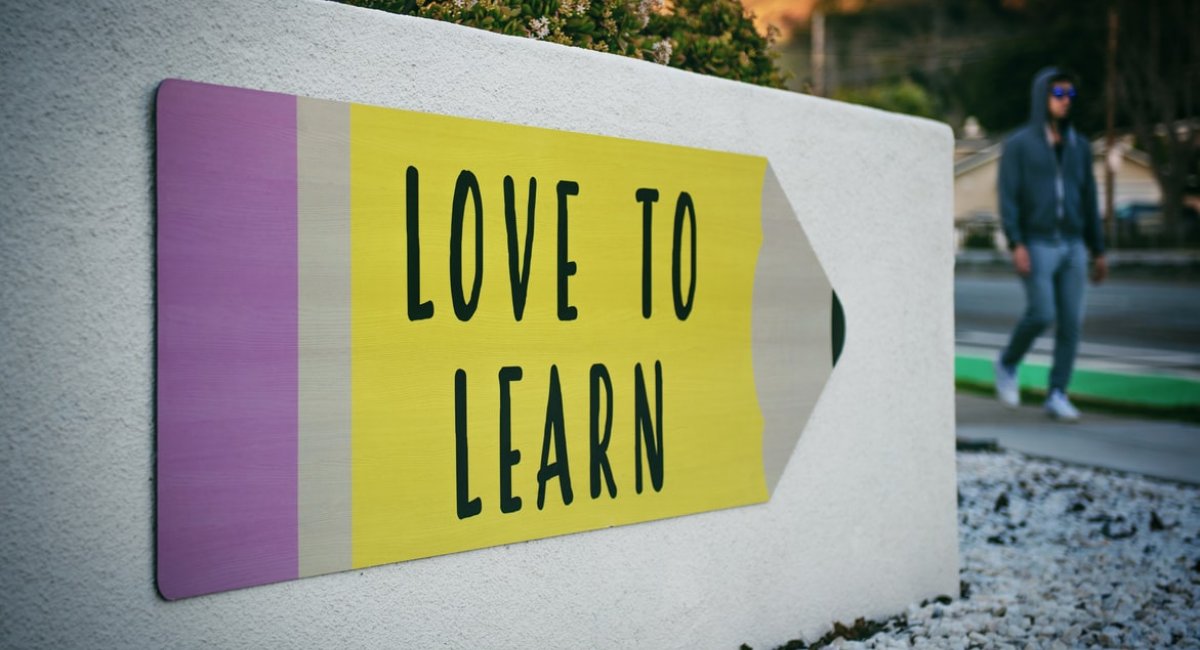Indonesia bans palm oil exports
By James, May 10 2022
In late April, the Indonesian government announced a temporary ban on exports of crude palm oil and its refined products, such as cooking oil. The decision came as a surprise to commercial goods traders as the government had previously stated the ban would only apply to refined products. After the government’s initial statement, prices of crude palm oil significantly fluctuated given uncertainties about what products the ban would cover. Prices have again skyrocketed in light of the most recent announcement.
Since the beginning of the war in Ukraine, the world has seen a wave of food protectionism, as governments seek to protect domestic food supplies in light of surging agricultural prices. As the world’s largest edible oils shipper, providing one third of global supplies, Indonesia threatens to worsen global food inflation with its decision and raises the risk of a full-blown hunger crisis.
Palm oil exports have become a key political issue for President Joko Widodo as cooking oil prices could push the costs of other goods higher ahead of the Eid al-Fitr holiday, which is usually marked with feasts and celebration. “Once the local need is fulfilled, surely I will revoke this export ban because I understand how the government needs taxes, needs overseas earnings, and needs a trade surplus,” said the president. “[But] the people’s need is a more important priority.”
















 [Image from
[Image from 





